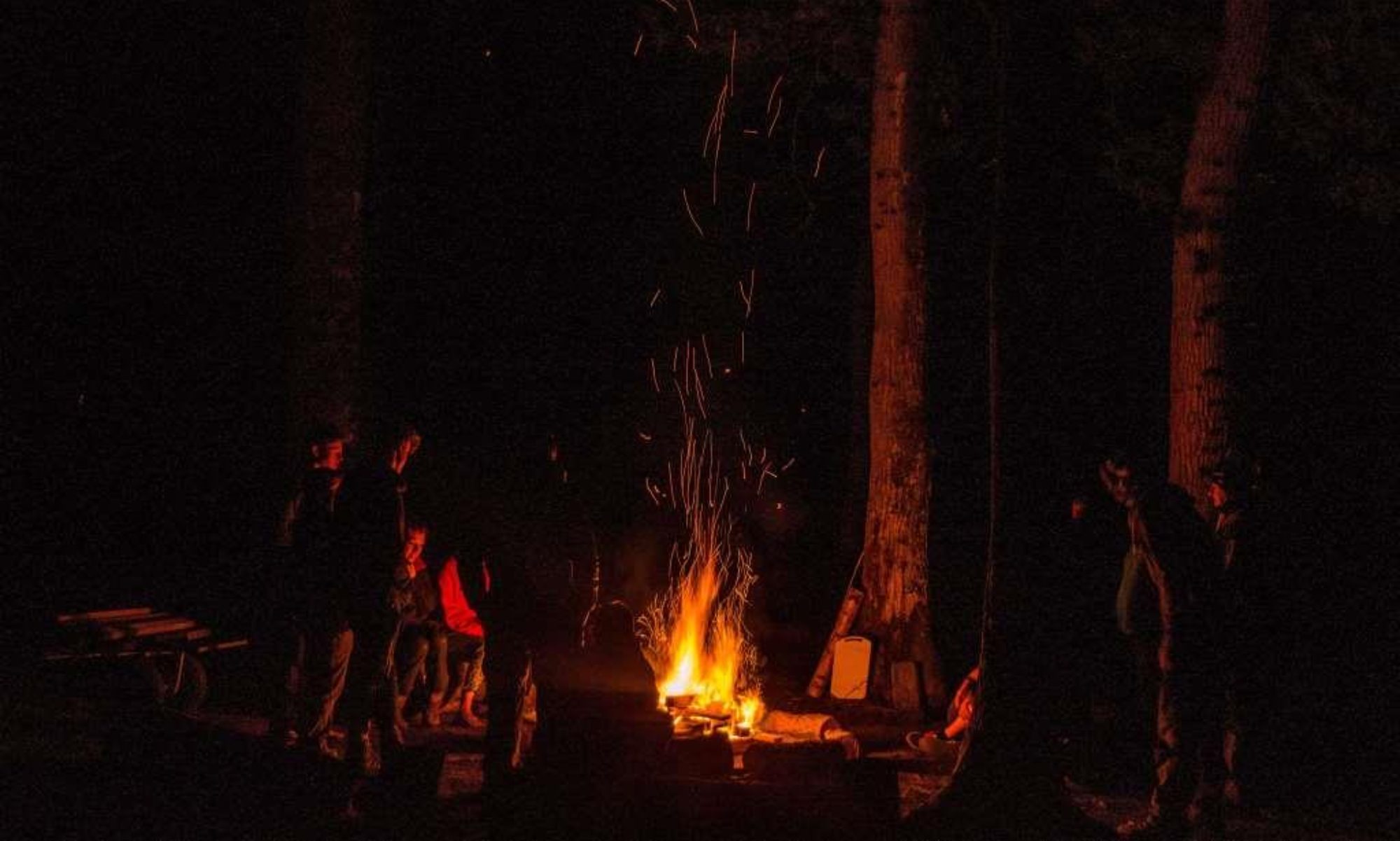I made a number of bimbles around Bramley in June observing the changes occurring so I have decided to merge the three trips into one report. I took my kids out on two of them: it’s great seeing them starting to observe nature with more of an eye for detail.
My wife Alison gave me a macro camera lens for my iPad mini for Fathers Day and I took this lovely picture of this orange hawkweed with it.
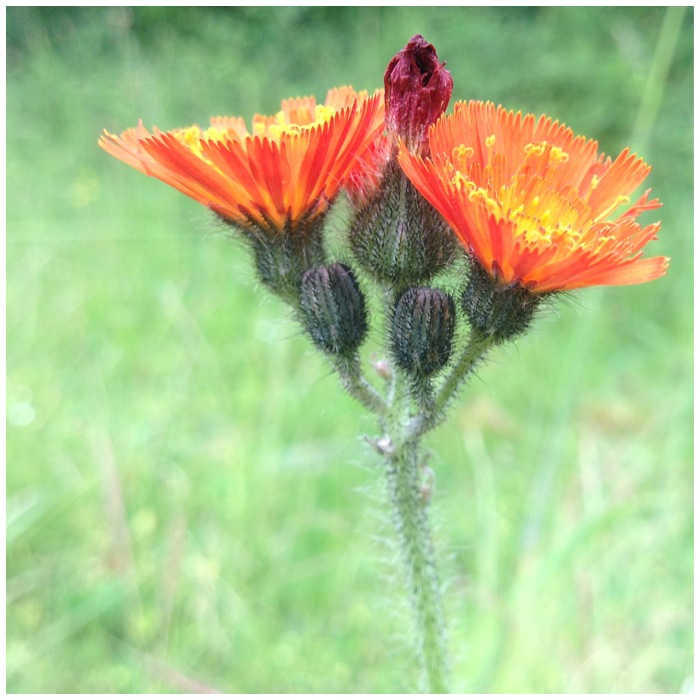
The cherry tree I have been monitoring produced its fruit in June. On the first trip they were yellow, on the second they were red and on the third trip they had all been stripped away by the birds.
I did also manage to find a few wild strawberries over the month but they were soon getting nibbled away at as well.
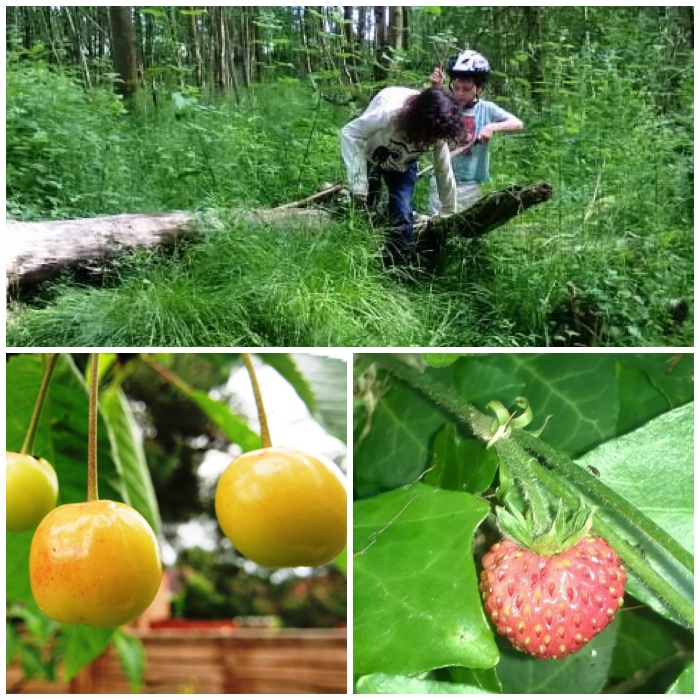
On the second trip I spotted that some damselflies were flitting about a watercress-covered pond. I kept trying to get a decent picture of them but the pictures always ended up fuzzy. On the last trip after a patient wait I managed to snap this picture with the iPad mini using the macro lens.
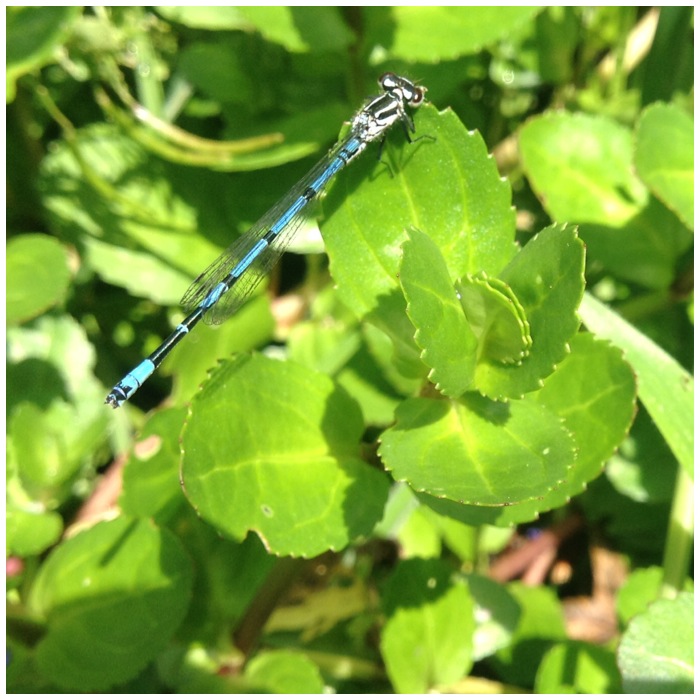
At another pond where I am watching the reedmace growing I came across the yellow flower below. I had never seen this before so had to look it up: the closest I can get to it is a flower called the monkey flower. Happy to be educated by anyone if they can ID it as something else. If it is monkey flower then the leaves and stem were traditionally used by Native Americans as a salt substitute just as colts foot was used here. I was first taught how to dry out the leaves of colts foot by my friend Kevin Warrington – Laplanders Natural Lore Blog.
Even though the bluebell has lost its flower I still think it is a beautiful plant in this late stage of its life cycle. These pods will eventually darken before they open to disperse their seeds.
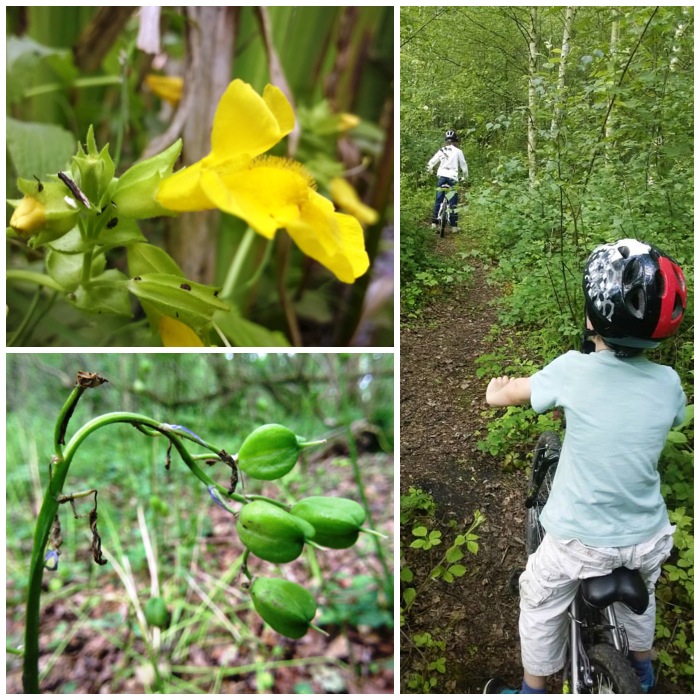
This was one of the first self heal flowers I came across this year right at the beginning of the month. It is a wonderful medicinal plant that I have used a number of times along with woundwort, plantain and yarrow to treat small cuts and grazes. It was also known as carpenter’s herb because of this ability to treat small cuts.
As the month has worn on this plant has appeared all around the village in great numbers. It is a pity that most people do not give it a second thought.
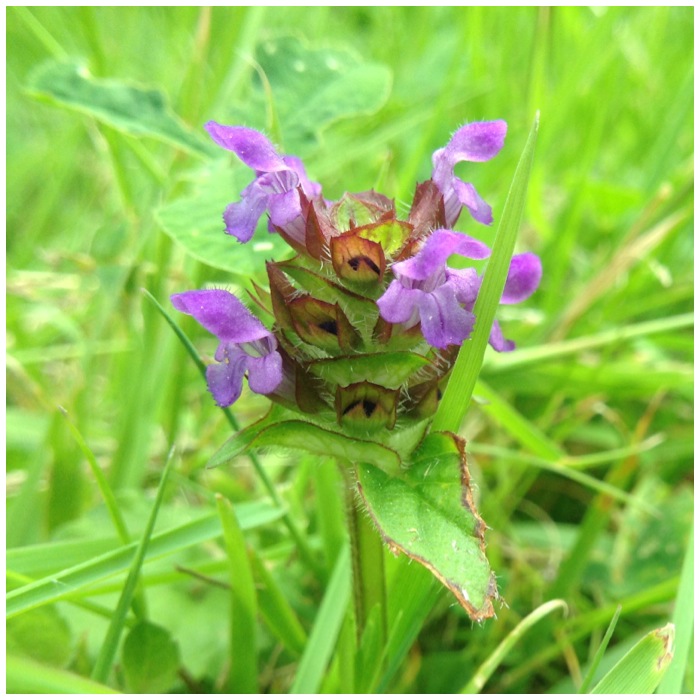
Two very tiny details in abundance at the moment are the cuckoo spit and the tiny green alder cones. The cuckoo spit contains the Froghopper nymph which uses the spit much like a home when it emerges as a place of safety.
Some of the alder cones have a red tongue-like protrusion caused by the fungus Taphrina alni. The fungus develops in some of the cones and forces the cone to grow these protrusions so as to produce and release its spores – a kind of forced symbiosis I suppose. My source on this was the Donegal Wildlife Blogspot
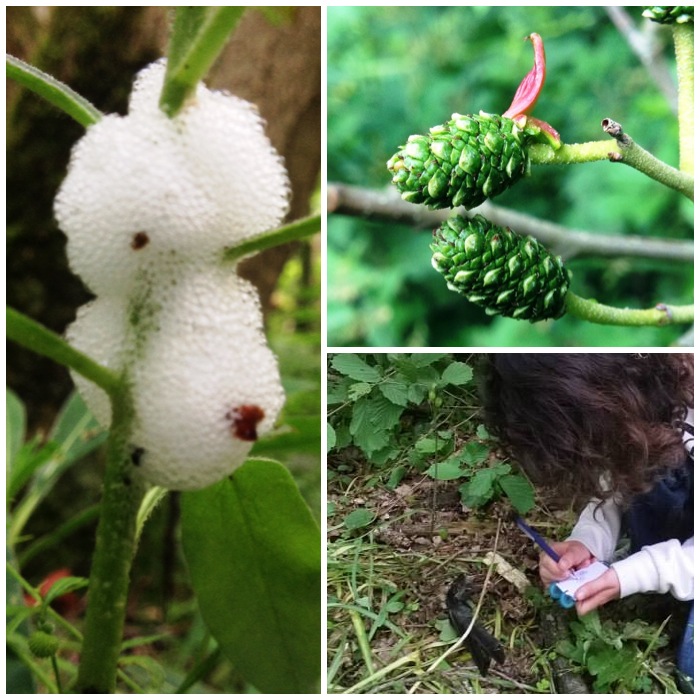
My first mullein flower of the year. This was the only mullein I saw in flower but there are plenty growing around the village. A great medicinal plant used for treating chest infections, TB, digestive problems, sore throats and many more ailments. Nature News has a good page on the plant.
I personally like it as it makes a good handrill, a good torch when covered with oil or fats but also as its leaves are soft and have anti-bacterial properties, which means they make great toilet paper.
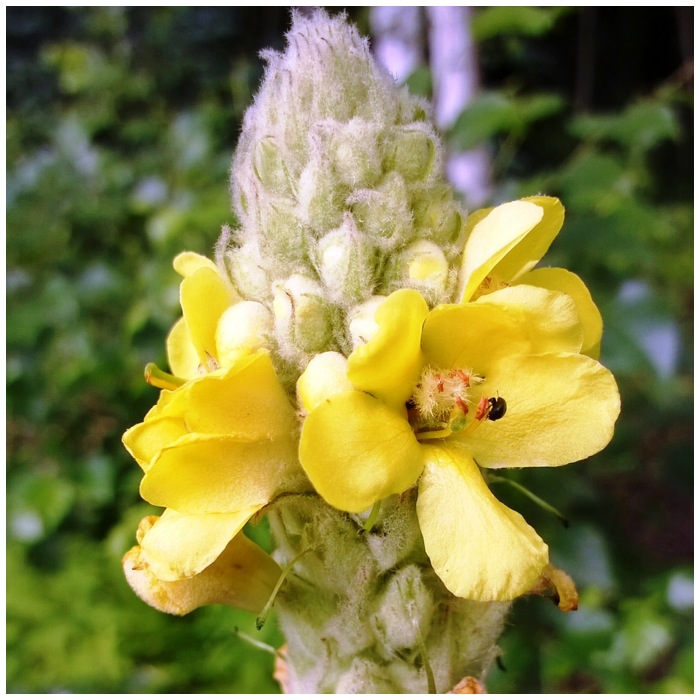
As I have been taking Paul Kirtley’s online Masterclass in Plant ID I have been monitoring a lot of different sites and trees around the village since February and plan to do so for a whole year. It has been great to see all the changes occurring with the flowers and the trees leaves coming through but I was particularly happy to spot my first hazelnut and acorn of the year this month.
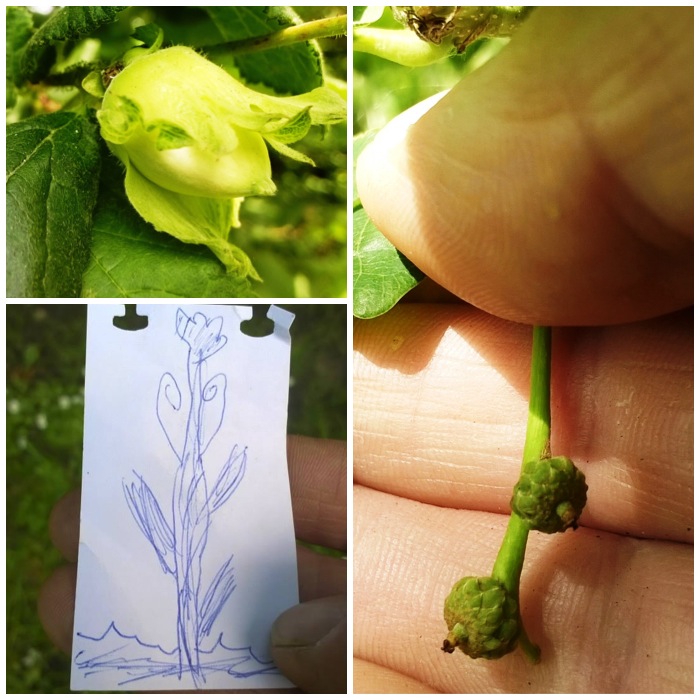
It was not until the end of my last bimble, as I turned my last corner to go home, that I spotted my first poppy of the year. The edible part of the plant is the seed which is used in cakes and also crushed to make an oil.
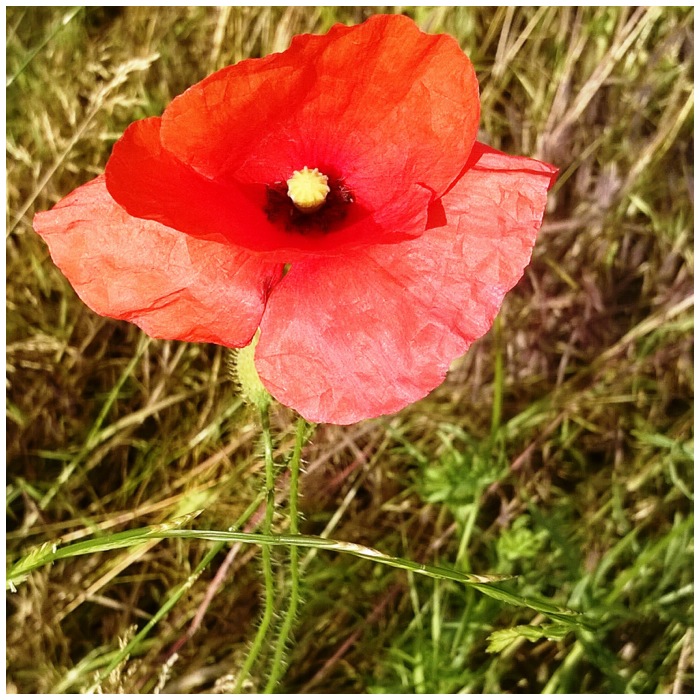
Two other new spots this month were the enchanters and the woody nightshades. The enchanters nightshade I found dotted all around the woodland floor but the woody nightshade I found in a hedge by our local park. They are not related but are both beautiful flowers. The enchanters was known to the Saxons as aelfthone to treat what they saw as elf sickness – any sudden sickness brought on for no known reason.
Woody nightshade is another plant used medicinally in the past and is also known as bittersweet because of the bitter then sweet taste you got when chewing the root of the plant. Large doses of this plant though are deadly so one left to well-trained herbalists.
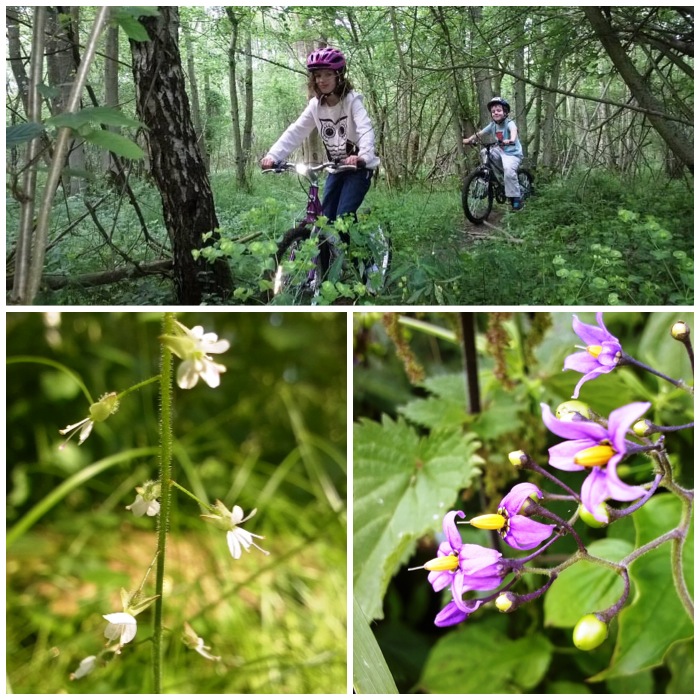
I have found only one patch of ground where I have seen the common bistort growing. This was taken near the end of its flowering stage and was covered in these moths. I have never tried this plant but I am told that the young leaves and the root are edible. In the Lake District the plant is used in the making of a pudding called the Bistort Easter-Ledge Pudding.
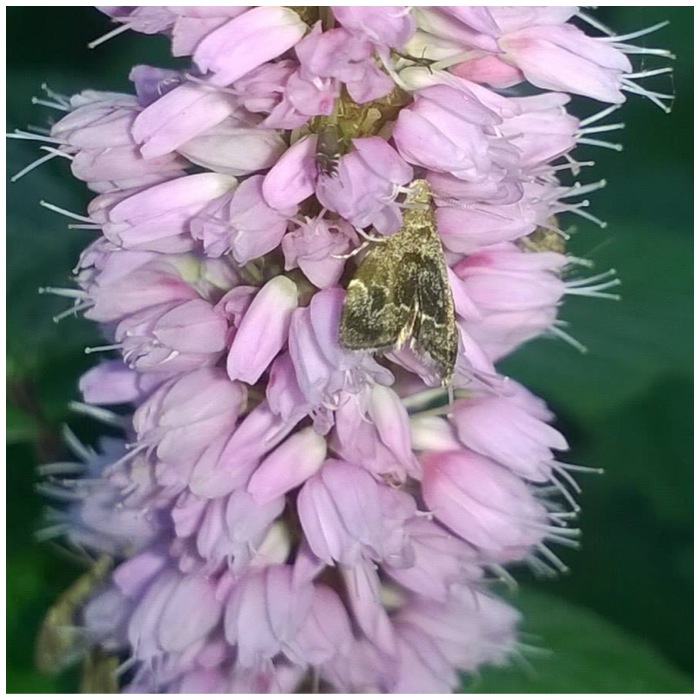
My friend Alan Smylie is an excellent forager and photographer and I was chatting to him about the common mallow and the lime flowers that you can see below. Apart from looking beautiful he is making a wild cherry jelly infused with mallow leaves and he makes a tea from the lime flowers. I hope to do a forage or two with Al at this years BCUK Bushmoot in August and pick his brains a bit more about some of these plants.
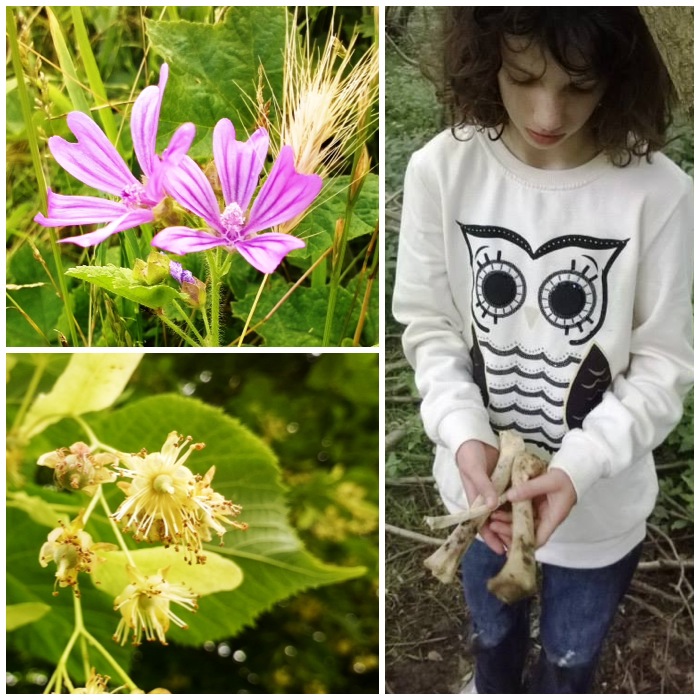
In the stream near our house I have found carpets of watercress growing. The flowers attract a lot of insects and the whole plant can seem to fill a stream. It was not until I got into the stream did I notice that the plant seems to float on the water with the roots of to the side of the stream. The plant is edible but only if you know the water is clean.
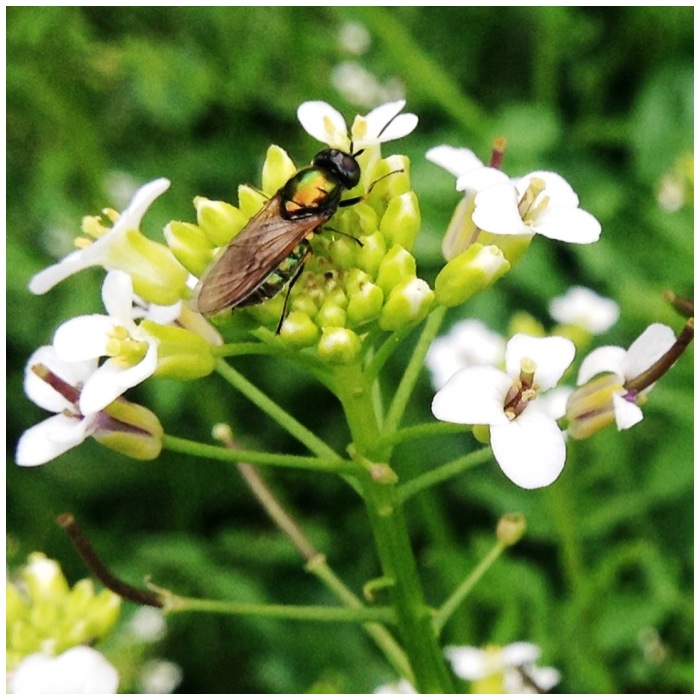
On the left is the pin cushion head of a devils bit scabious flower. This beautiful flower is a source of food for many insects in the summer. In particular the declining Marsh Fritillary Butterfly relies heavily on this flower. When I see this flower appear each year I know that summer has finally arrived.
At the bottom right is the lovely meadowsweet. This was one of the plants sacred to Druids and was a plant that Bayer used as one of the key ingredients when developing aspirin in the 19th century. It gives off a lovely aroma and was traditionally used in the home to cover up bad smells.
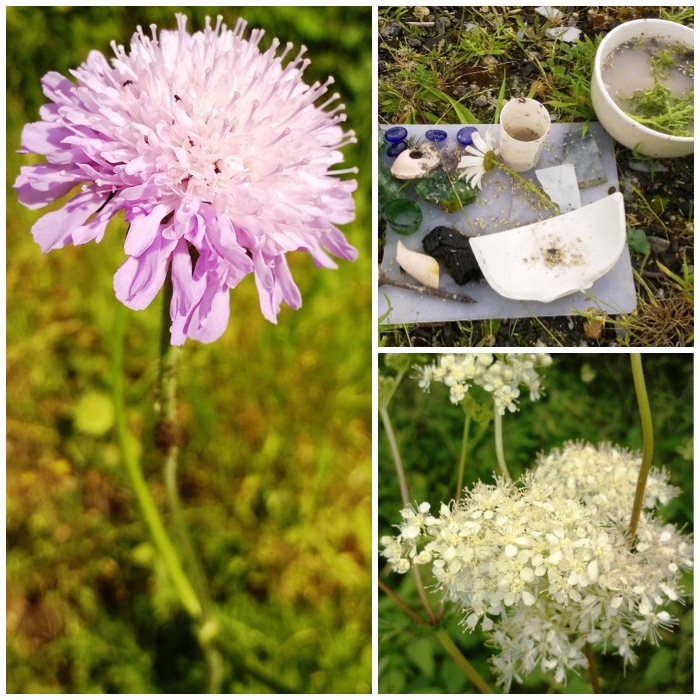
I spotted this little fella taking a rest on the seed head of a Ribwort Plantain plant. He was not at all fazed as my phone camera came in close.
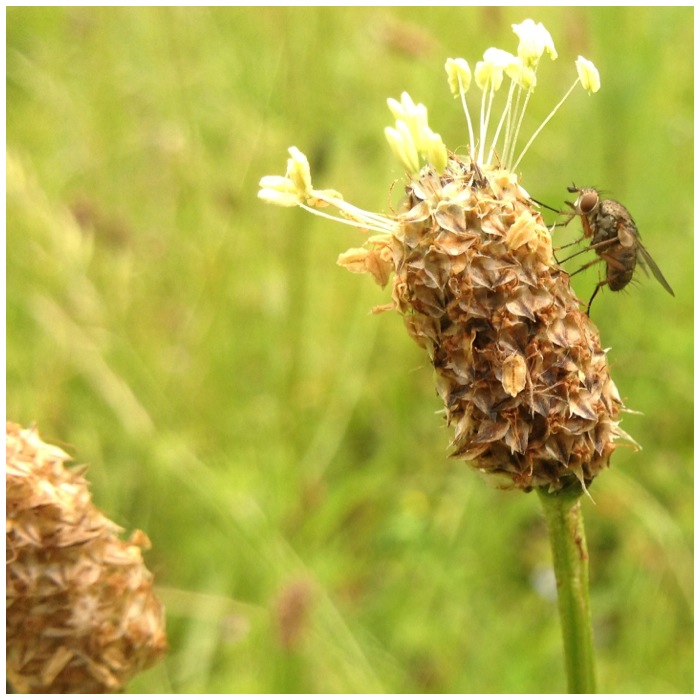
On our second trip out we came across this ash tree that had been used as a scratching post for deer. It looks like they had used the tree to help rub the felt of their antlers. I could see teeth marks on the edges of the ripped off bark and lots of scratches on the wood itself where it appears they were rubbing their antlers.
Apart from the sign on the tree there were plenty of tracks. We had lots of deer slots, badger prints, pheasant, squirrel and what maybe a vole print.
I do not know if the top right print is a vole but it is certainly small enough to be one and the bottom one are the tracks of a grey squirrel.
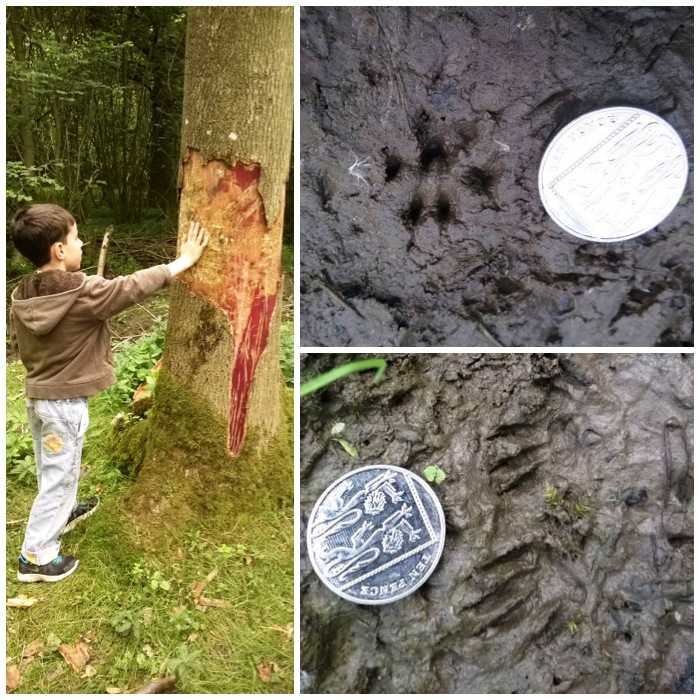
There have been lots of early purple and early marsh orchids in the woods around the village but I have only spotted two of these pyramidal orchids this year. They seem to like drier, more open ground and I found one near the railway line and the other on the edge of a field so they are probably less common due to the fertilizer run-off from fields and toxins from the railways but also because they do not produce nectar themselves but rely on other nearby orchids to attract insects.
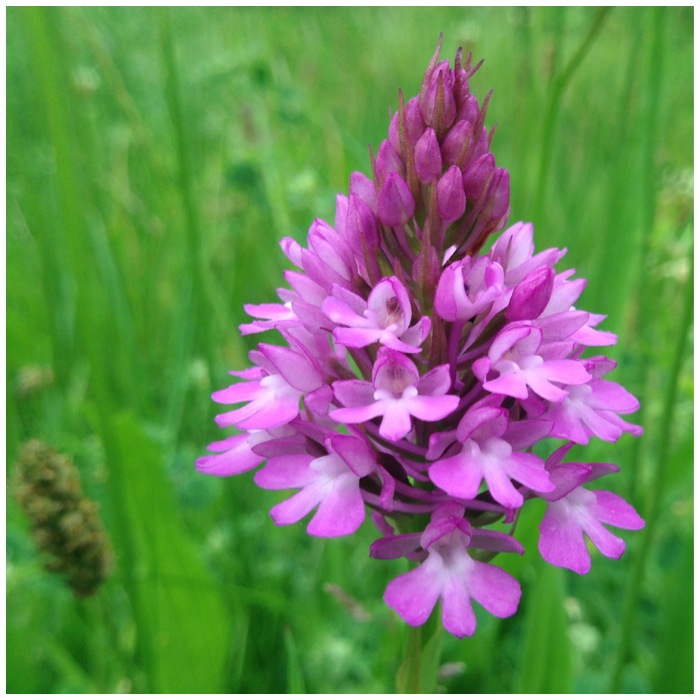
That was my June when it came to observing nature around Bramley. My kids had a great time and so did I, taking them out, photographing and researching some of the plants.
Cheers
George
